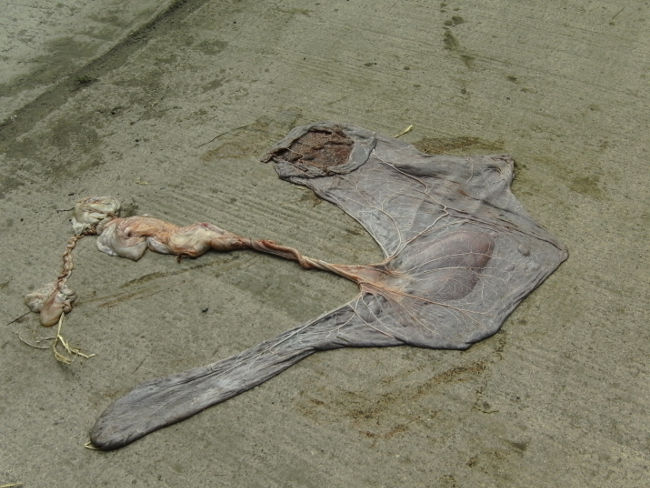HELP! MY MARE’S PREGNANT!
Equine foalings can be a stressful time and there are a few key things to look out for. The information here is a brief overview of what to expect prior to and during the foaling process. If you are in any doubt or have any questions don’t hesitate to call your vet.
How long is a mare’s gestation?
It should be 11 months (340 days) but mares are VERY variable (320->365 days). We get quite a lot of calls from anxious owners worried that their overdue mare has a dead foal inside her. Nearly always a dead foal would be normally aborted, so usually she is just running over.
Can I ride my pregnant mare?
Riding for the first 7-8 months of pregnancy is fine. The mare will foal better if she is fit and not fat so riding is a good idea to keep muscle tone up. Ideally she should get as much turnout as possible before foaling to keep her fit.
What should I do for the mare prior to foaling?
- Sort out your foaling paddock or box
- Do not overfeed but make sure she is getting a good quality vitamin / mineral supplement
Should I give my mare a tetanus booster prior to foaling?
This is a good idea since it ensures a good level of antibodies in the colostrums. Ideally it should be done before the colostrum is formed, so 4-6 weeks before due date is good. If the foaling date is not known, the watch the udder and get it done just as the udder starts filling.
Is it best to foal inside or out?
Foaling outside is probably best. It is more natural, generally cleaner and there is more space.
| Foaling Outside | Foaling Inside | ||
|---|---|---|---|
| Benefits | Disadvantages | Benefits | Disadvantages |
| Clean environment | Monitoring is harder | Easy monitoring | Less clean environment |
| More natural – less stress for mare | Poor weather | Easy to check the placenta | Must be large enough (4m x 4m?) |
| Softer landing for the foal! | Other horses may interfere | ||
| Plenty of room | May not find the placenta! | ||
| Injury to the foal (fences etc) |
How do I know the foal is imminent?
You don’t! Mares are notoriously unreliable and do what they want. Some imminent signs may be:
- Enormous abdomen
- Udder absolutely full, drum tight and possibly squirting milk
- Teats get larger and some swelling develops in front of the udder
- Relaxation of the vulva
- ‘Waxing’ on the teat ends
The Stages of Foaling:
First Stage Labour – Preparation for Foaling: Lasting several hours to several days!
- Decreased appetite
- Mild abdominal discomfort
- Restlessness
- Patchy sweating
- Slackening of the pelvic ligaments and the vulva
- Finally, mild breath holding and grunting as the uterine contractions start
Second Stage Labour – Expulsion of the Foal: Lasting normally 5-25 minutes (maximum 60 minutes)
- The mare normally lies down initially
- The foetal membranes break and fluid is released (the ‘water breaks’)
- The mare starts straining, tensing her abdominal muscles with legs rigid
- A white membrane containing a foot or fluid becomes visible at the vulva
- The head and feet should appear within a few minutes and the foal is born within a minutes
- It is perfectly normal for the mare to stand up during labour
- The umbilical cord should break close to the foal’s belly when the mare or foal move about
Third Stage Labour – Expulsion of the Placenta: Lasting 30 minutes to 3 hours
- The mare may look ‘colicky’ as she contracts to push out the placenta
- The placenta is turned inside out during expulsion
- The foal should be lying on its front within 5 minutes
- The foal should have a suckle reflex within 20 minutes
- The foal should be standing and nursing within 2 hours
- The placenta should be passed within 3 hours – if not call your vet.
Normal Parameters For A Foal
- Temperature: variable 99-102⁰F
- Heartrate/Respiratory Rate
| Time | Heart rate | Respiratory Rate |
|---|---|---|
| Birth | 60-80/min | |
| 0-2hrs | 120-150/min | 40-60/min |
| 12hrs | 80-120/min | 30-40/min |
| 24hrs | 80-100/min |
- 1st Urination: within 6-10hrs
What If My Foal Has Not Suckled?
It cannot be stressed enough that good colostrum is absolutely essential to a new born foal. If the foal has not sucked within 3 hours then you should consider getting the vet out to strip out the mare and tube the foal with her colostrum.
What is ‘Red Bag’?
This indicates premature separation of the placenta during first stage labour. A velvety red bag will be visible at the vulva. This is an emergency – phone us if you are unsure but we will tell you to cut it. Do not worry about a minor injury to the foal; if you do not do it quickly you will lose the foal. Make a small hole in the bag then rip it open with your fingers.
How do I know the placenta has been passed?
If you did not see the foaling, it will be lying around somewhere. If it has not been passed, it should still be hanging out of the mare. It looks like a large heavy T-shirt when laid out with a cord attached and a hole in one sleeve:

